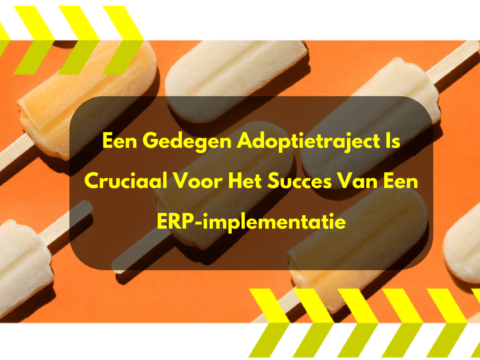
Unlocking the Power of First-Party Data
In today’s digital world, consumers interact with brands across an ever-growing range of devices and platforms. From email promotions to mobile searches and voice assistants, each digital touchpoint presents a valuable opportunity for marketers to connect with their audiences. Yet, with privacy regulations tightening and cookie-based tracking becoming obsolete, marketers are increasingly looking for alternative ways to deliver personalized content that meets the needs of their customers — without compromising privacy.
That’s where first-party data comes in.
Why First-Party Data Matters
First-party data — the information your brand directly collects from customers through interactions on your website, app, or offline touchpoints — is invaluable for crafting personalized, privacy-first experiences. Marketers can use this data to develop highly-targeted segments, reach customers with relevant messaging, and optimize the customer journey at every stage.
For example, Eli Lilly, a global pharmaceutical company, used its vast first-party data to enhance the patient experience, improving personalization while ensuring privacy. By connecting and analyzing its first-party data across various touchpoints, Eli Lilly gained a deeper understanding of each patient’s preferences and needs, achieving better customer engagement without sacrificing trust.
“Are we seeing customers the way they want to be seen? If the customer is standing in front of me today, we want to make sure we can pass that test.”
— Steve Rommeney, Associate Global VP of Engineering, Platforms, and Capabilities at Eli Lilly
6 First-Party Data Best Practices for Success
While leveraging first-party data can be challenging, especially when trying to coordinate across multiple media partners and platforms, following these six best practices can help ensure you’re making the most of your customer data and driving better business results:

- Create Clear Business Goals
Before activating your first-party data, it’s important to define clear business objectives. What are you trying to achieve in the next 12, 18, or 24 months? Whether it’s increasing sales, enhancing customer retention, or driving brand awareness, aligning your data strategy with your business goals will help you stay focused and efficient. - Leverage Data to Understand Your Audience
Use first-party data to better understand your customers’ behavior. What pages are they visiting on your website? What products are they engaging with? By analyzing these behaviors, you can develop accurate customer segments that allow you to target the right individuals with the right message at the right time. - Enhance Personalization While Respecting Privacy
The key to effective data-driven marketing lies in personalization, but it’s crucial to respect privacy and comply with evolving regulations. By using your first-party data responsibly, you can create experiences that feel tailored to individual customers without overstepping privacy boundaries. - Use Cross-Channel Activation
Customers don’t exist in silos — they interact with your brand across multiple channels, from social media to email, mobile apps, and websites. Ensure that your first-party data is integrated and activated across all your media partners and platforms to maintain consistent messaging and provide a seamless experience across touchpoints. - Optimize for Efficiency
As marketing budgets tighten, it’s more important than ever to use your first-party data to drive efficiencies. Use insights from your data to prioritize high-performing segments, reduce media waste, and maximize the impact of every dollar spent. Tools like LiveRamp help you activate data efficiently, ensuring your marketing efforts are always aligned with your goals. - Test and Iterate
Data-driven marketing is an iterative process. Continuously test your messaging, segmentation strategies, and audience targeting to identify what works best. Leverage the feedback and results from each campaign to refine and optimize your strategy for ongoing improvement.
Getting Started with Your First-Party Data Strategy
To unlock the full potential of your first-party data, start by understanding your business goals and leveraging the tools available to you. The combination of a clear vision, targeted insights, and strategic data activation will empower your brand to create personalized, impactful experiences while navigating the evolving digital landscape.
“The biggest challenge for us when it comes to marketing in the future is figuring out how to be more efficient with the same or fewer dollars.”
— Cameron Alverson, Senior Director of Media and Analytics at Living Spaces
By following these best practices, you can transform your first-party data into a powerful asset that helps you reach your customers with greater precision, improve marketing performance, and build stronger relationships with your audience.
This article is posted at liveramp.com

Please fill out the form to access the content






